An annual awareness campaign is making sure drivers passing through construction zones know they should not only slow down but stop scrolling.
The RCMP Lower Mainland District Integrated Road Safety Unit, Work Zone Safety Alliance and WorkSafeBC are partnering to raise awareness of risks faced by workers working on or alongside roads.
This year marks the ninth annual B.C. Cone Zone Campaign, which included an enforcement blitz on March 13 on Gilmore Avenue between Douglas Road and Halifax Street in Burnaby, B.C. Tickets range from $196 for disobeying a flag person to $368 for using an electronic device while driving.
WorkSafeBC industry labour services and transportation manager Trina Pollard said this year the emphasis has shifted from “slow down” to “pay attention.”
“We’re seeing distracted driving as a root cause of accidents, and we’re putting the emphasis on paying attention. We’ve always been keeping an eye on it, but we’ve been using all sorts of messages and over the last few years the number one reason for tickets being given out is distracted driving,” Pollard said.
“As soon as people are asked to stop or slow down, the first thing they do is grab their phones,” she added.
There were two worker deaths in 2018 and a total of 29 injuries over last year, Pollard said. Over the last 10 years, 13 workers have been killed and 213 injured because of motor vehicle activity, Pollard said.
“There’s been no significant increase or decrease in deaths over the past decade, but the risk has definitely increased. There’s more people on the road, more dangerous activity and more construction,” she said.
Roadwork activity traditionally increases in the spring and summer months, Pollard said, and with that comes increased risk for workers exposed to traffic. The construction industry has the highest number of injury claims at 55 per cent, with transportation second at 20 per cent, she added.
“A lot of people think we’re just talking about flaggers, but there are a lot of other occupations who are also vulnerable to being hit by motor vehicles, such as landscapers, first responders and tow truck operators,” Pollard said.
“The goal is for this to be effective and for drivers to remember every worker deserves to go home to their family without injury.”
Previously the Cone Zone partners worked with the Vancouver Police Department, Pollard said, but this year the enforcement shifted to working in Burnaby with the RCMP.
“In previous years we were in Vancouver, but this is a provincial campaign,” she said. “It’s not just for this launch event, we’re giving direction to officers to keep watching this work zone.”
Major upcoming roadwork across the province includes not only upgrades of 30 kilometres of Vancouver’s network including 13 kilometres of water and sewermain work, but also widening of Highway 2 in Mission, B.C., connectivity improvements in Lynn Creek and rehabilitation of the Carolin Creek Bridge desk between Hope and the Coquihalla Summit.
WorkSafeBC is also emphasizing the responsibilities of both employers and employees to ensure safety on and near roadwork. Employers are required to make sure their workers understand hazards related to working on the side of the road and provide them with proper equipment, training and resources.
Workers can stay safe by knowing when to identify hazards and assess risk, following safe work procedures, hewing to set-up and take down regulations, wearing high-visibility clothing and reporting unsafe conditions to their supervisor.
“Worker safety is a shared responsibility: employers, workers and drivers all need to do their part to prevent deaths and injuries of roadside workers in B.C. The Cone Zone campaign reminds drivers that the most important things they can do to keep roadside workers safe are slow down and pay attention to instructions from traffic control persons, temporary road signs and traffic control devices,” WorkSafeBC vice president of employer, industry and worker services Dale Walker said in a statement.
The Cone Zone campaign runs from May until August and workers can also access online tools and resources at ConeZoneBC.com and WorkSafeBC.


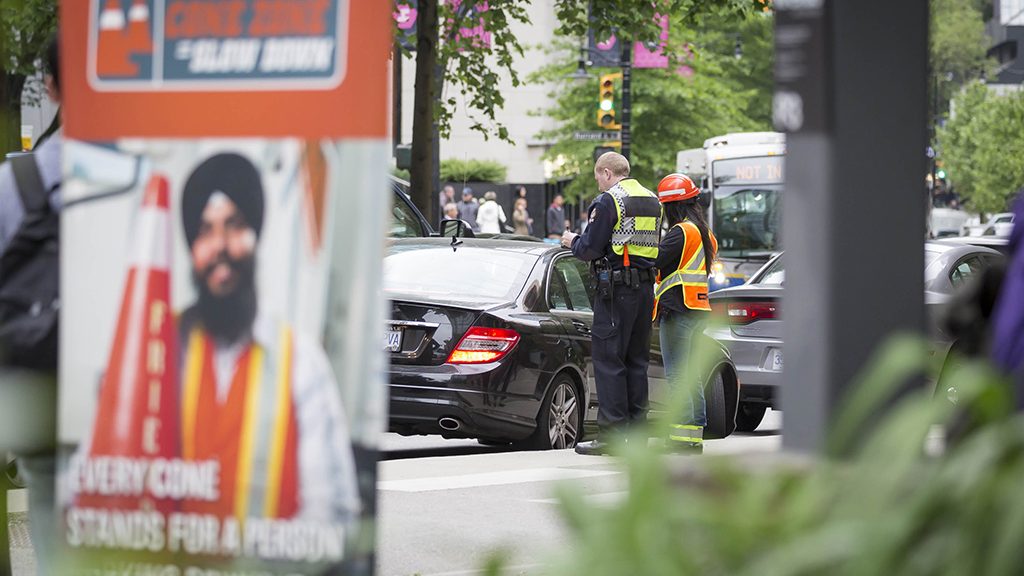
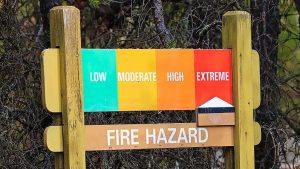

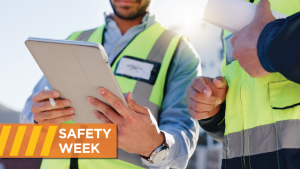


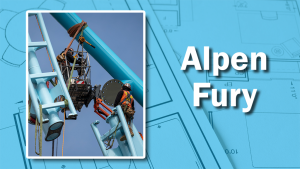
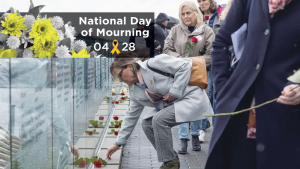

Recent Comments
comments for this post are closed